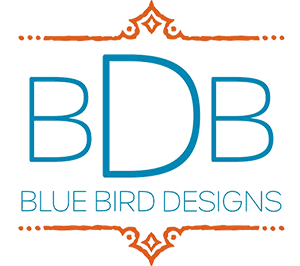In the world of interior design, creativity is key. It’s the spark that ignites a vision and turns an ordinary space into an extraordinary one. One invaluable tool that designers use to nurture and showcase this creativity is the idea board. This powerful visual tool not only simplifies the design process but also fosters collaboration and ensures that your interior design dreams come to life. In this blog post, we’ll explore the myriad benefits of using idea boards in interior design.
- Visual Storytelling
One of the greatest advantages of using idea boards is the ability to tell a visual story. These boards are like a canvas where designers can paint a picture of the intended space. By combining images, color palettes, fabric swatches, and more, an idea board creates a compelling narrative that helps clients understand the designer’s vision.
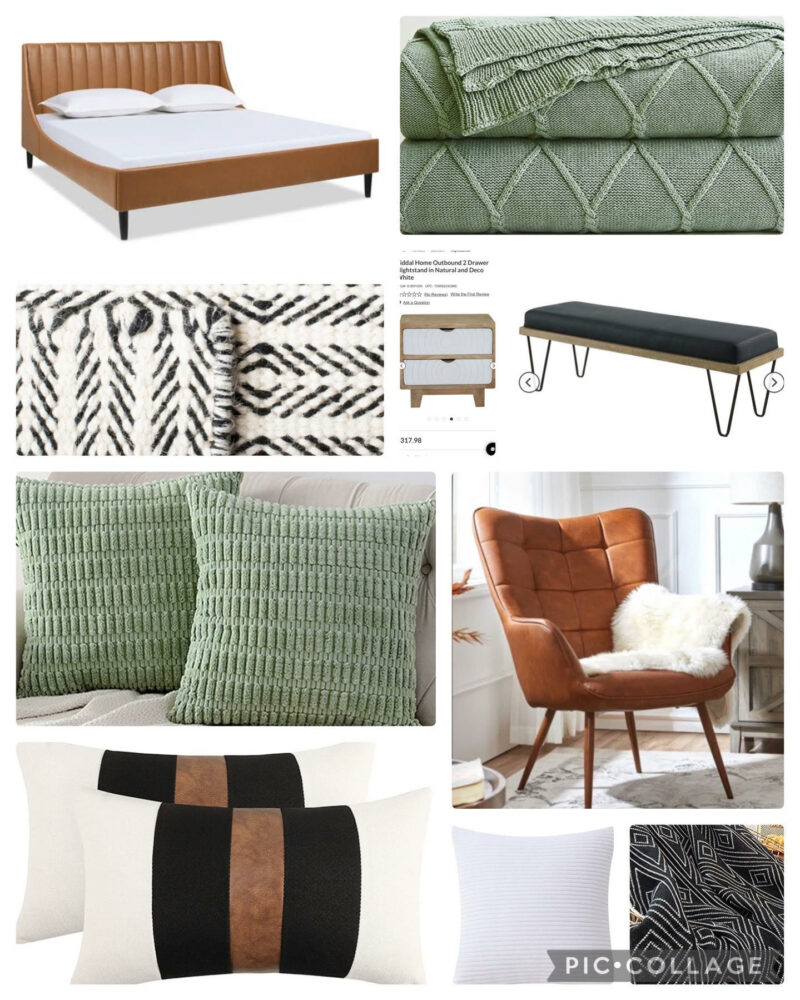
- Clarity and Focus
Interior design can be overwhelming with countless choices in furniture, colors, textures, and layouts. Idea boards serve as a compass, providing clarity and focus. They help both designers and clients to distill their ideas, ensuring that the design aligns with the project’s objectives and budget.
- Effective Communication
Communication is paramount in any successful design project. Idea boards serve as a common language between clients and designers. They enable clients to express their preferences clearly, and designers to convey their concepts vividly. This minimizes misunderstandings and ensures everyone is on the same page.
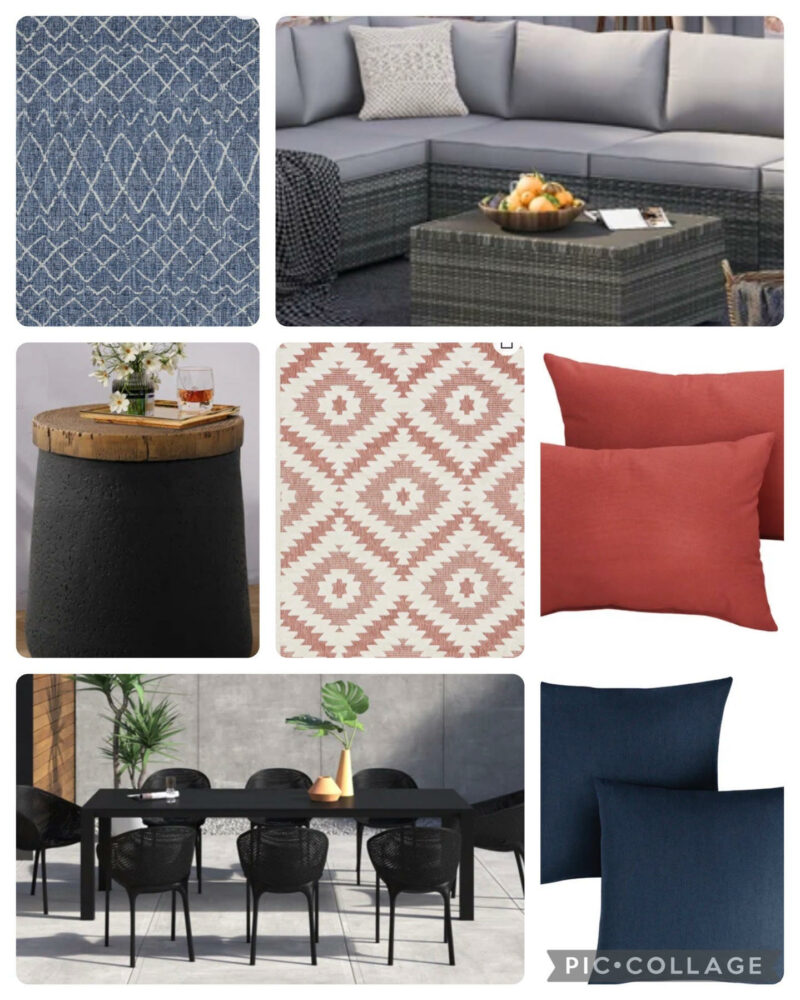
- Streamlining Decision-Making
The design process often involves making numerous decisions, which can be daunting. Idea boards streamline this process by presenting options in a concise and visually appealing manner. Clients can see how different elements come together, making it easier to make informed choices.
- Cost and Time Efficiency
In interior design, changes can be expensive and time-consuming. Idea boards act as a prelude to the final design, allowing clients to make adjustments before the actual work begins. This reduces the likelihood of costly revisions and ensures the project stays on schedule.
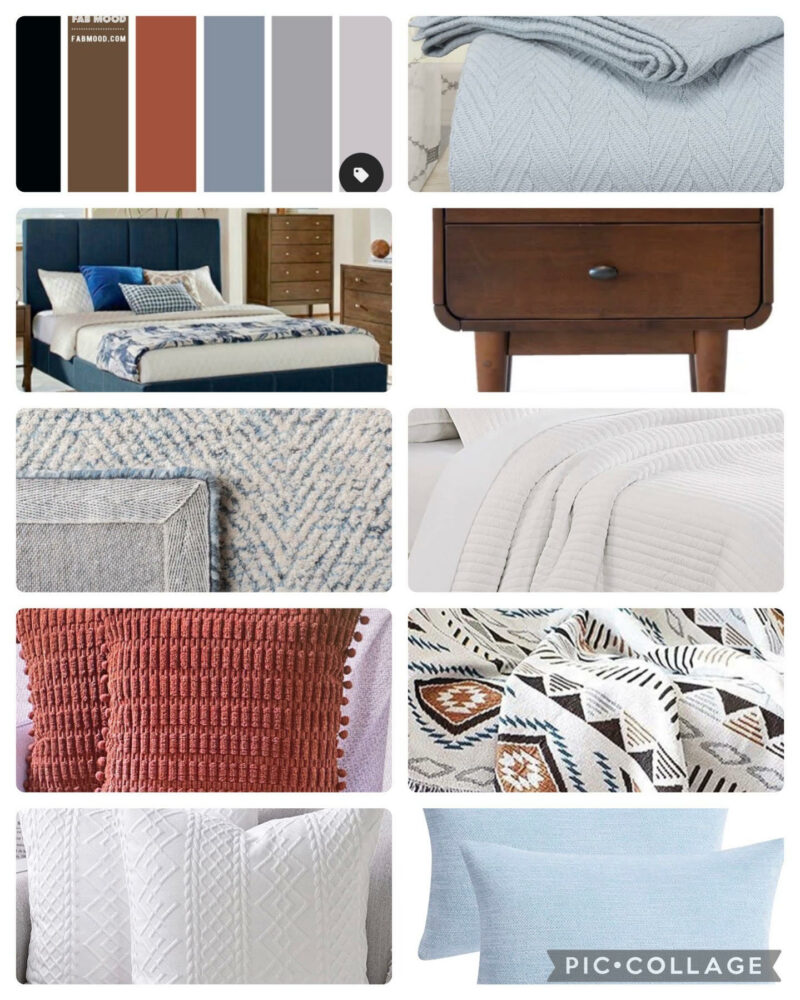
- Inspiration and Exploration
Designers are constantly seeking inspiration from various sources. Idea boards provide a space for designers to explore ideas freely. They can experiment with different styles, colors, and textures, fostering innovation and creativity.
- Collaboration
Interior design projects often involve multiple stakeholders, such as architects, contractors, and craftsmen. Idea boards facilitate collaboration by providing a central reference point. Everyone involved can easily understand the design vision, leading to a harmonious execution.
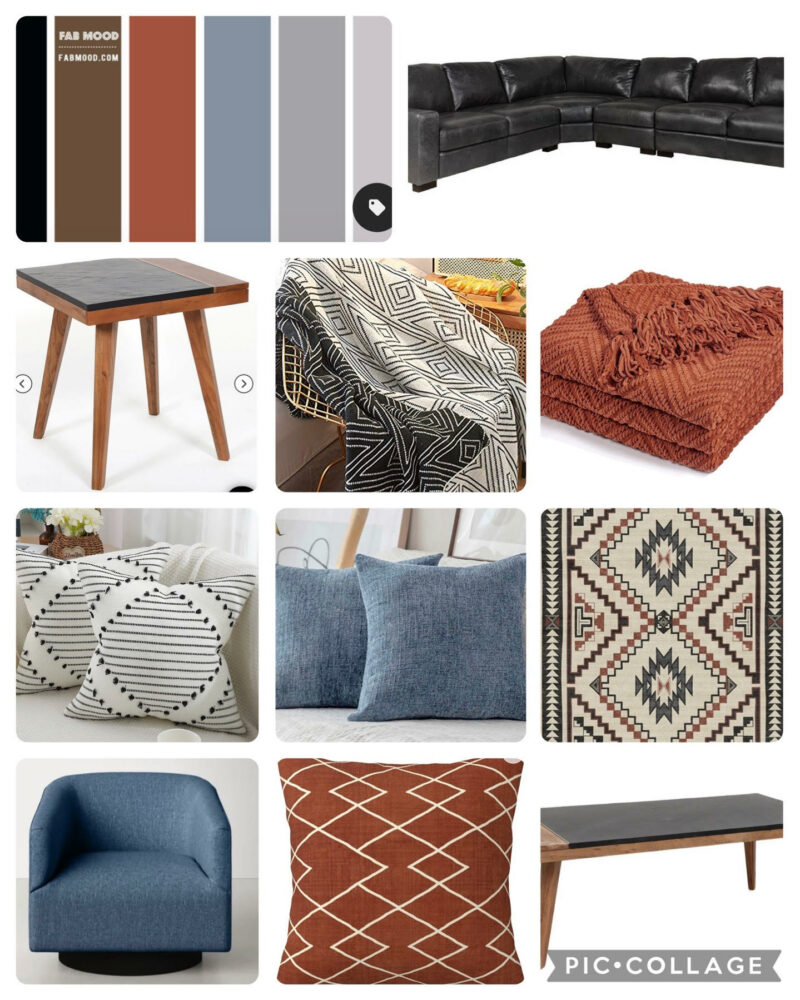
- Personalization
Every client has unique tastes and preferences. Idea boards are tailored to reflect these individual styles. Whether you lean towards a minimalist aesthetic or embrace eclectic design, the idea board serves as a canvas to personalize your space.
- Project Visualization
Clients often struggle to envision the final outcome of a design project. Idea boards bridge this gap by offering a sneak peek into the future. They transform abstract ideas into tangible visuals, allowing clients to anticipate and get excited about the end result.
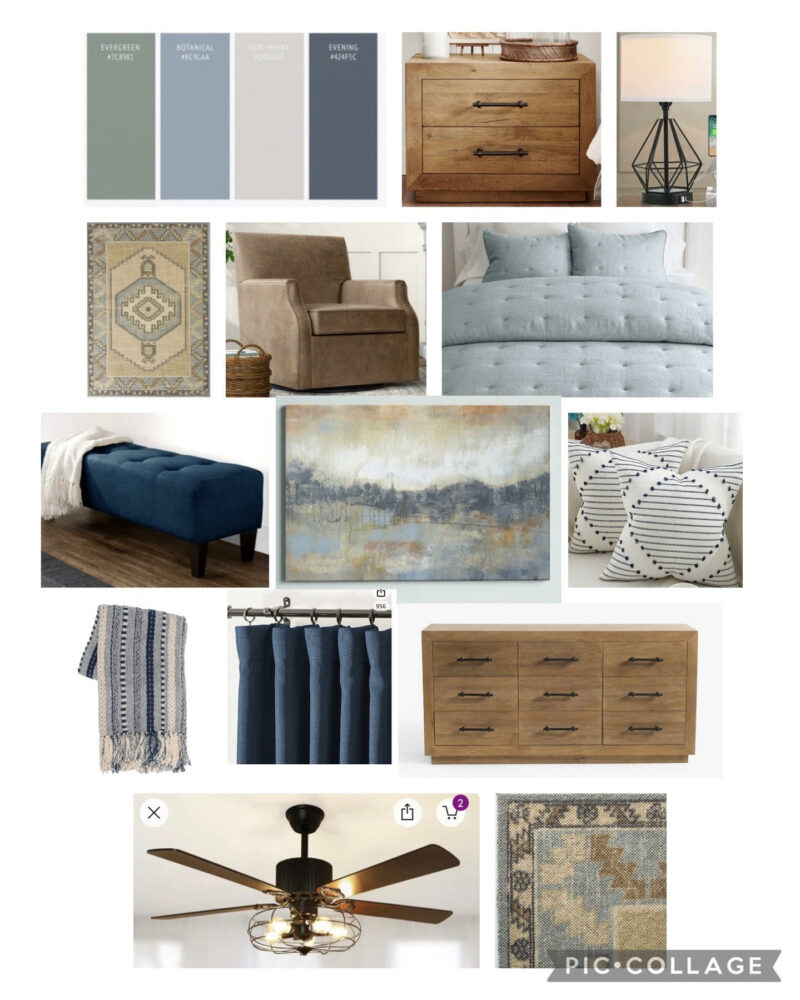
In the world of interior design, idea boards are the unsung heroes that bring visions to life. They are the bridge between dreams and reality, offering clarity, communication, and creativity. When working with a designer, embracing the idea board is not just a practical step; it’s an investment in the success and beauty of your project. So, let your imagination flow, collaborate effectively, and watch your interior design dreams come to life with the magic of idea boards.

